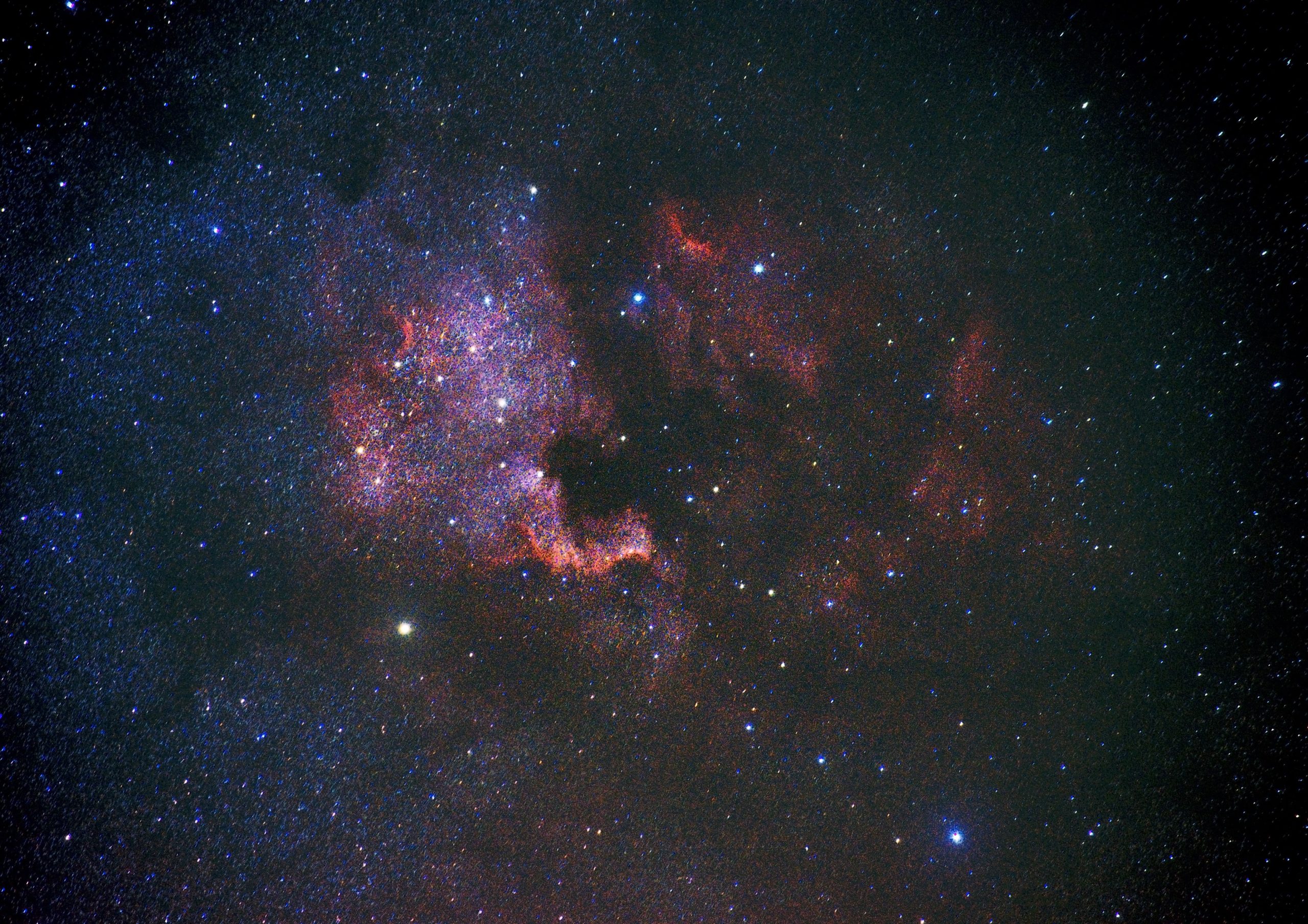Moon Phases Gardening Calendar: A Comprehensive Guide to Optimize Your Planting
Have you ever wondered why some gardening enthusiasts swear by the moon phases when it comes to planting their gardens? The moon, with its radiant glow and mysterious influence, has captivated humanity for centuries. Many ancient cultures believed that the moon’s cycles held the key to successful planting and harvesting. In recent years, the moon phases gardening calendar has experienced a resurgence in popularity. In this comprehensive guide, we’ll explore the fascinating world of lunar gardening and how you can use it to optimize your planting.
What is a Moon Phases Gardening Calendar?
A moon phases gardening calendar is a tool that aligns planting, pruning, and harvesting tasks with the different phases of the moon. It takes into account not only the lunar cycles but also the moon’s position in relation to the zodiac constellations. The calendar is typically divided into four primary phases: New Moon, First Quarter, Full Moon, and Last Quarter. Each phase offers unique energy and influences specific aspects of plant growth.
The Phases of the Moon
Understanding the different phases of the moon is crucial to utilizing a moon phase gardening calendar effectively. Let’s take a closer look at each phase:
- New Moon: Occurring when the moon is not visible from Earth, this is considered the beginning of the lunar cycle. It’s a time for rest and renewal, ideal for planning and preparation.
- First Quarter: During this phase, the moon is waxing, transitioning from the new moon towards the full moon. It symbolizes growth and is the best time to sow seeds and plant above-ground crops.
- Full Moon: The full moon is the peak of lunar energy. It influences strong growth and vitality. This phase is ideal for harvesting, pruning, and transplanting.
- Last Quarter: As the moon wanes back towards the new moon, this phase is associated with rest and reflection. It’s a time for weed control, root pruning, and soil preparation.
How to Use a Moon Phases Gardening Calendar
Now that we understand the moon’s phases let’s explore how to use a moon phases gardening calendar effectively.
1. Determine Your Planting Goals
Before diving into the moon phases gardening calendar, identify your specific planting goals. Are you growing fruits, vegetables, flowers, or herbs? Different plants have different needs and respond to lunar energy in unique ways. Research the specific requirements of your chosen plants to optimize your gardening efforts.
2. Obtain a Moon Phases Gardening Calendar
There are plenty of resources available both online and in print that provide moon phase gardening calendars. Choose one that aligns with your location’s time zone and includes specific information for your growing season.
3. Familiarize Yourself with the Calendar
Study the moon phases gardening calendar thoroughly to grasp its intricacies. Note the specific dates and times for each phase, as well as any additional guidance provided. Many calendars include information about the zodiac sign associated with each phase, which can further inform your gardening decisions.
4. Plan According to the Moon Phases
Using your newfound knowledge, create a planting schedule based on the moon phases gardening calendar. Identify the best times for sowing seeds, transplanting, and harvesting. Consider the moon’s energy during each phase and how it aligns with your plant’s needs.
5. Observe and Document
As you implement your moon phases gardening calendar, make notes about your plant’s progress. Monitor their growth, health, and overall performance. This allows you to evaluate the effectiveness of lunar gardening techniques and make adjustments as necessary.
The Science Behind Lunar Gardening
While some skeptics dismiss moon phases gardening as mere superstition or folklore, there is growing scientific evidence to support its efficacy. The moon’s gravitational pull is known to influence tides, and it’s reasonable to assume that it may affect moisture levels within plants and soil.
Furthermore, a comprehensive study conducted at the University of Tokyo demonstrated that lunar phases affect the metabolic rate of plants. The scientists discovered that during the waxing moon, plants exhibited increased activity, while during the waning moon, metabolic processes slowed down.
In addition, the moon’s gravitational pull on Earth potentially affects the movement of sap and nutrients in plants, optimizing their growth during specific moon phases.
Other Factors to Consider
While the moon phases gardening calendar is an essential tool for lunar gardeners, it’s essential to recognize that other factors can affect plant growth. Here are a few additional considerations:
Climate and Weather:
Your local climate and weather patterns should always be taken into account when planning your garden. Different plants thrive in various environmental conditions, so adjust your planting schedule accordingly.
Soil Quality:
The quality of your soil plays a vital role in the success of your garden. Ensure that your soil is well-draining, nutrient-rich, and adequately prepared before planting.
Gardening Techniques:
Combine lunar gardening practices with other tried-and-true gardening techniques, such as companion planting, crop rotation, and organic pest control. Utilize a holistic approach to maximize the health and productivity of your garden.
Conclusion
A moon phases gardening calendar can be a valuable tool for every gardener, whether you’re a beginner or an experienced horticulturist. By aligning your planting, pruning, and harvesting tasks with the moon’s cycles, you can optimize your garden’s growth and yield. Remember, each garden is unique, and it may take some time and experimentation to find the perfect balance between lunar gardening techniques and other factors that affect plant growth. Embrace the magic and mystery of the moon, and watch your garden thrive.
Table of Contents
